Why Preschool Shouldn’t Be Like School
Illustration by Alex Eben Meyer
Ours is an age of pedagogy. Anxious parents instruct their children more and more, at younger and younger ages, until they’re reading books to babies in the womb. They pressure teachers to make kindergartens and nurseries more like schools. So does the law—the 2001 No Child Left Behind Act explicitly urged more direct instruction in federally funded preschools.
There are skeptics, of course, including some parents, many preschool teachers, and even a few policy-makers. Shouldn’t very young children be allowed to explore, inquire, play, and discover, they ask? Perhaps direct instruction can help children learn specific facts and skills, but what about curiosity and creativity—abilities that are even more important for learning in the long run? Two forthcoming studies in the journal Cognition—one from a lab at MIT and one from my lab at UC-Berkeley—suggest that the doubters are on to something. While learning from a teacher may help children get to a specific answer more quickly, it also makes them less likely to discover new information about a problem and to create a new and unexpected solution.
What do we already know about how teaching affects learning? Not as much as we would like, unfortunately, because it is a very difficult thing to study. You might try to compare different kinds of schools. But the children and the teachers at a Marin County preschool that encourages exploration will be very different from the children and teachers in a direct instruction program in South Side Chicago. And almost any new program with enthusiastic teachers will have good effects, at least to begin with, regardless of content. So comparisons are difficult. Besides, how do you measure learning, anyway? Almost by definition, directed teaching will make children do better on standardized tests, which the government uses to evaluate school performance. Curiosity and creativity are harder to measure.
Developmental scientists like me explore the basic science of learning by designing controlled experiments. We might start by saying: Suppose we gave a group of 4-year-olds exactly the same problems and only varied on whether we taught them directly or encouraged them to figure it out for themselves? Would they learn different things and develop different solutions? The two new studies in Cognition are the first to systematically show that they would.
In the first study, MIT professor Laura Schulz, her graduate student Elizabeth Bonawitz, and their colleagues looked at how 4-year-olds learned about a new toy with four tubes. Each tube could do something interesting: If you pulled on one tube it squeaked, if you looked inside another tube you found a hidden mirror, and so on. For one group of children, the experimenter said: “I just found this toy!” As she brought out the toy, she pulled the first tube, as if by accident, and it squeaked. She acted surprised (“Huh! Did you see that? Let me try to do that!”) and pulled the tube again to make it squeak a second time. With the other children, the experimenter acted more like a teacher. She said, “I’m going to show you how my toy works. Watch this!” and deliberately made the tube squeak. Then she left both groups of children alone to play with the toy.
All of the children pulled the first tube to make it squeak. The question was whether they would also learn about the other things the toy could do. The children from the first group played with the toy longer and discovered more of its “hidden” features than those in the second group. In other words, direct instruction made the children less curious and less likely to discover new information.
Does direct teaching also make children less likely to draw new conclusions—or, put another way, does it make them less creative? To answer this question, Daphna Buchsbaum, Tom Griffiths, Patrick Shafto, and I gave another group of 4-year-old children a new toy.* This time, though, we demonstrated sequences of three actions on the toy, some of which caused the toy to play music, some of which did not. For example, Daphna might start by squishing the toy, then pressing a pad on its top, then pulling a ring on its side, at which point the toy would play music. Then she might try a different series of three actions, and it would play music again. Not every sequence she demonstrated worked, however: Only the ones that ended with the same two actions made the music play. After showing the children five successful sequences interspersed with four unsuccessful ones, she gave them the toy and told them to “make it go.”
Daphna ran through the same nine sequences with all the children, but with one group, she acted as if she were clueless about the toy. (“Wow, look at this toy. I wonder how it works? Let’s try this,” she said.) With the other group, she acted like a teacher. (“Here’s how my toy works.”) When she acted clueless, many of the children figured out the most intelligent way of getting the toy to play music (performing just the two key actions, something Daphna had not demonstrated). But when Daphna acted like a teacher, the children imitated her exactly, rather than discovering the more intelligent and more novel two-action solution.
As so often happens in science, two studies from different labs, using different techniques, have simultaneously produced strikingly similar results. They provide scientific support for the intuitions many teachers have had all along: Direct instruction really can limit young children’s learning. Teaching is a very effective way to get children to learn something specific—this tube squeaks, say, or a squish then a press then a pull causes the music to play. But it also makes children less likely to discover unexpected information and to draw unexpected conclusions.
Why might children behave this way? Adults often assume that most learning is the result of teaching and that exploratory, spontaneous learning is unusual. But actually, spontaneous learning is more fundamental. It’s this kind of learning, in fact, that allows kids to learn from teachers in the first place. Patrick Shafto, a machine-learning specialist at the University of Louisville and a co-author of both these studies; Noah Goodman at Stanford; and their colleagues have explored how we could design computers that learn about the world as effectively as young children do. It’s this work that inspired these experiments.
These experts in machine learning argue that learning from teachers first requires you to learn about teachers. For example, if you know how teachers work, you tend to assume that they are trying to be informative. When the teacher in the tube-toy experiment doesn’t go looking for hidden features inside the tubes, the learner unconsciously thinks: “She’s a teacher. If there were something interesting in there, she would have showed it to me.” These assumptions lead children to narrow in, and to consider just the specific information a teacher provides. Without a teacher present, children look for a much wider range of information and consider a greater range of options.
Knowing what to expect from a teacher is a really good thing, of course: It lets you get the right answers more quickly than you would otherwise. Indeed, these studies show that 4-year-olds understand how teaching works and can learn from teachers. But there is an intrinsic trade-off between that kind of learning and the more wide-ranging learning that is so natural for young children. Knowing this, it’s more important than ever to give children’s remarkable, spontaneous learning abilities free rein. That means a rich, stable, and safe world, with affectionate and supportive grown-ups, and lots of opportunities for exploration and play. Not school for babies.




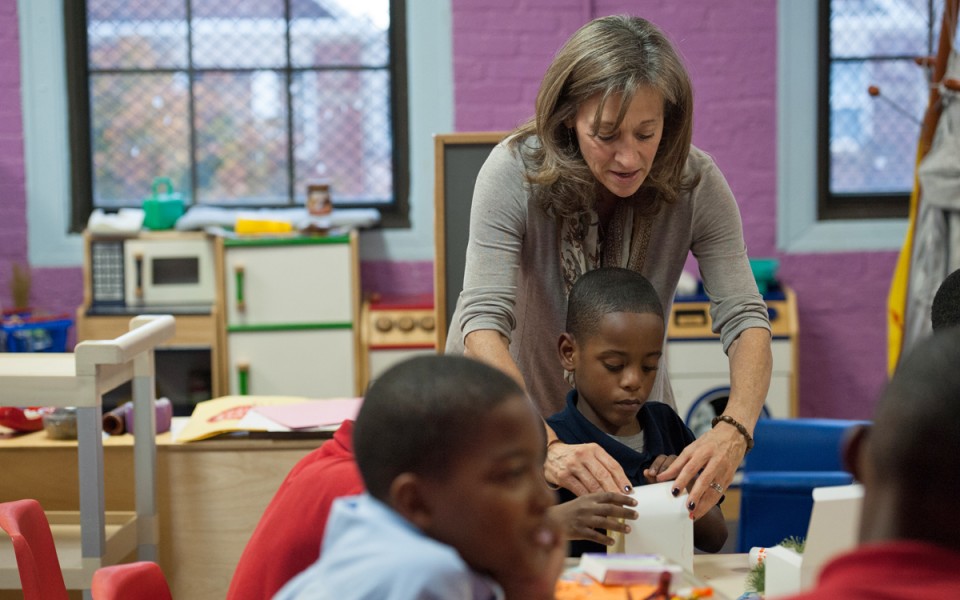
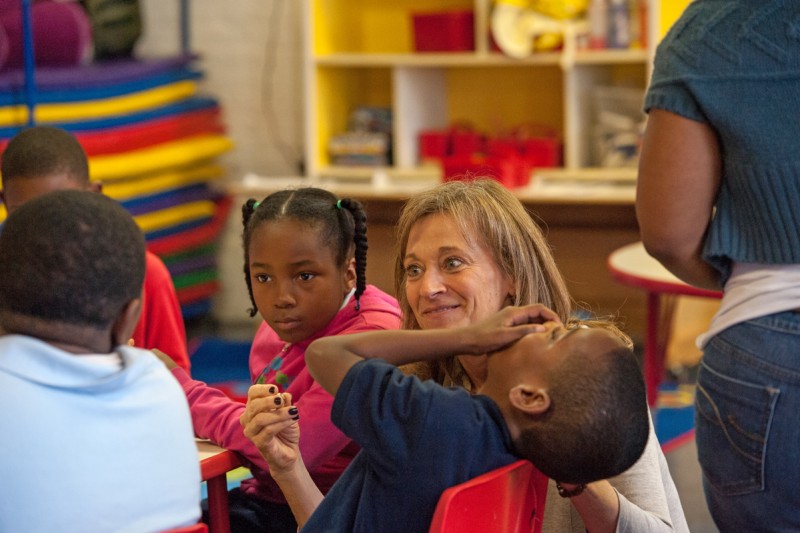


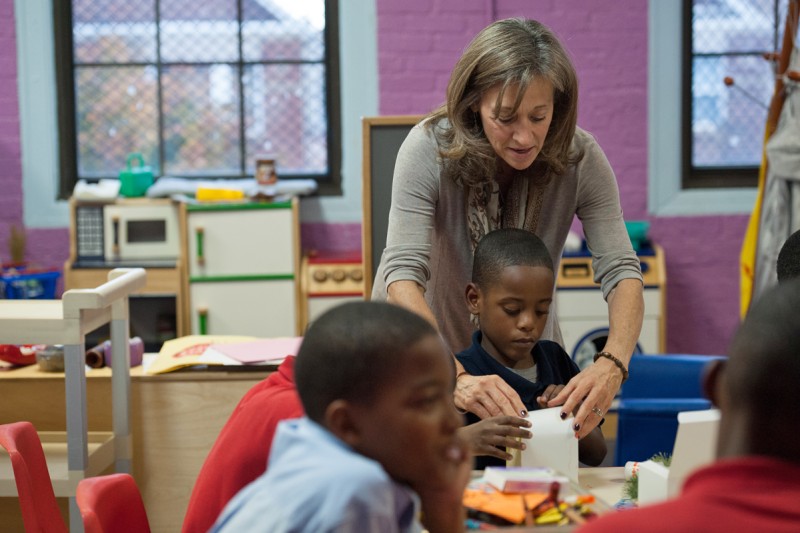

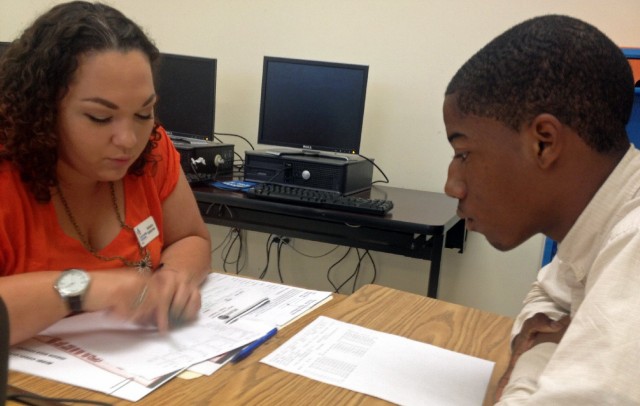
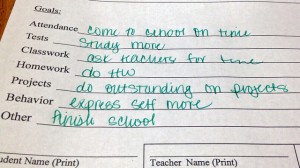

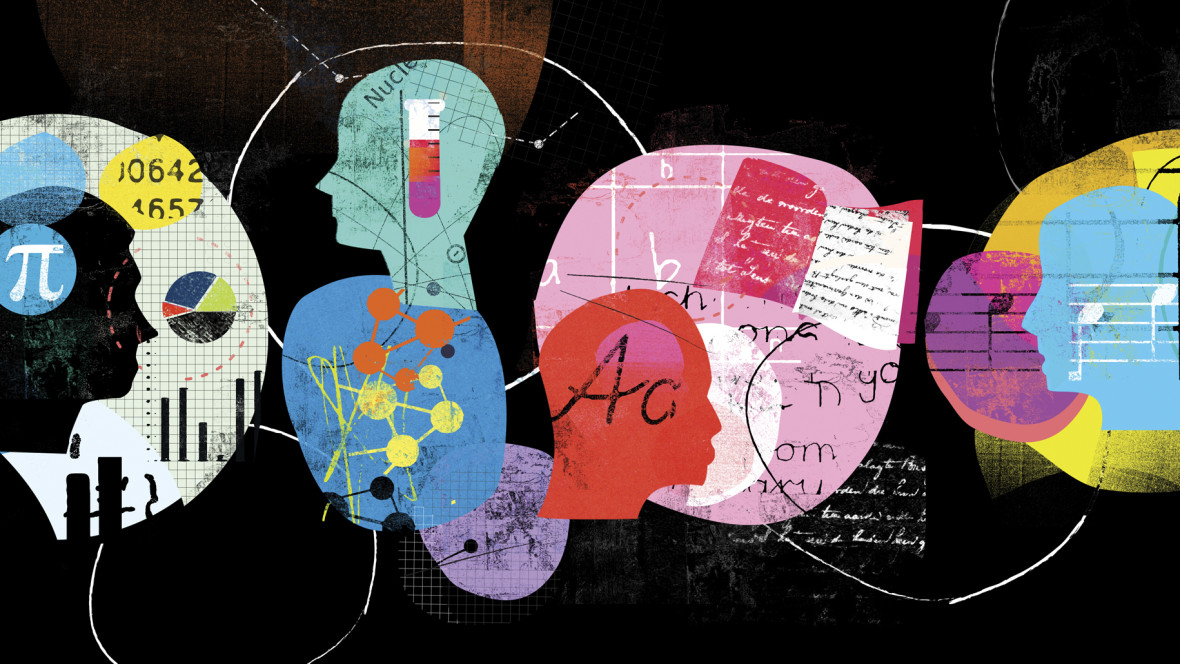

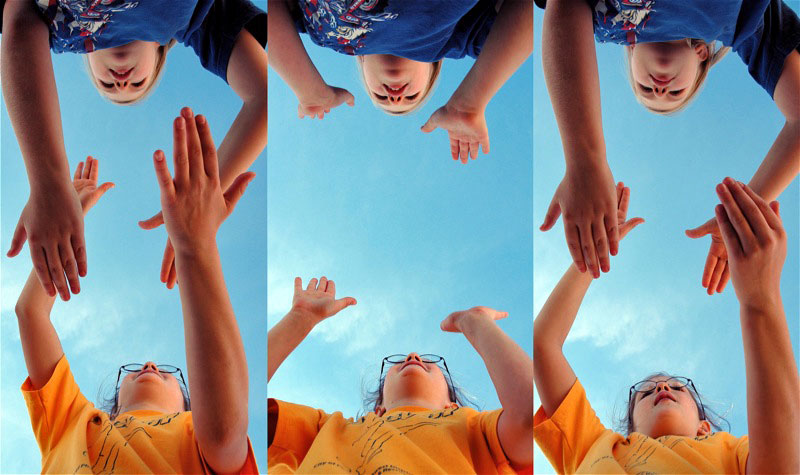
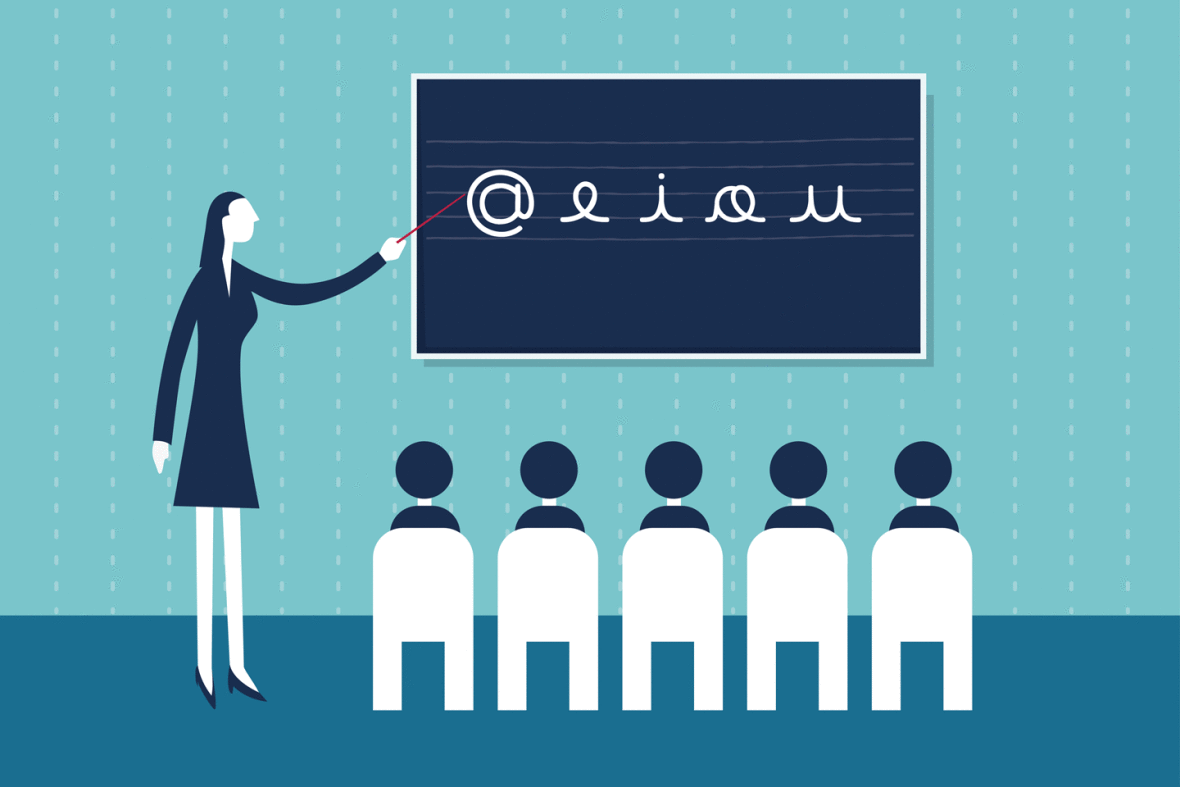
 Items of note:
Items of note:

